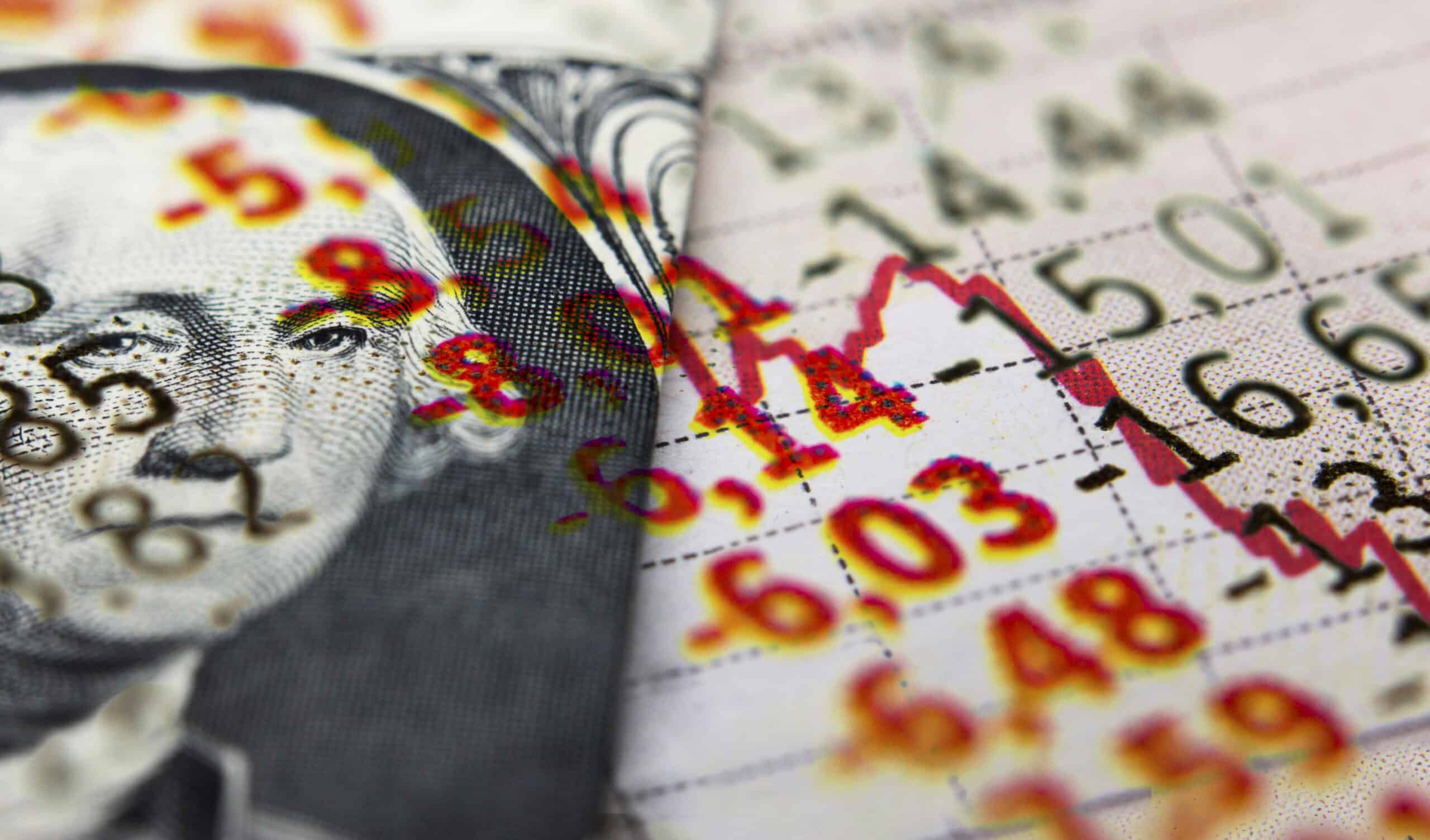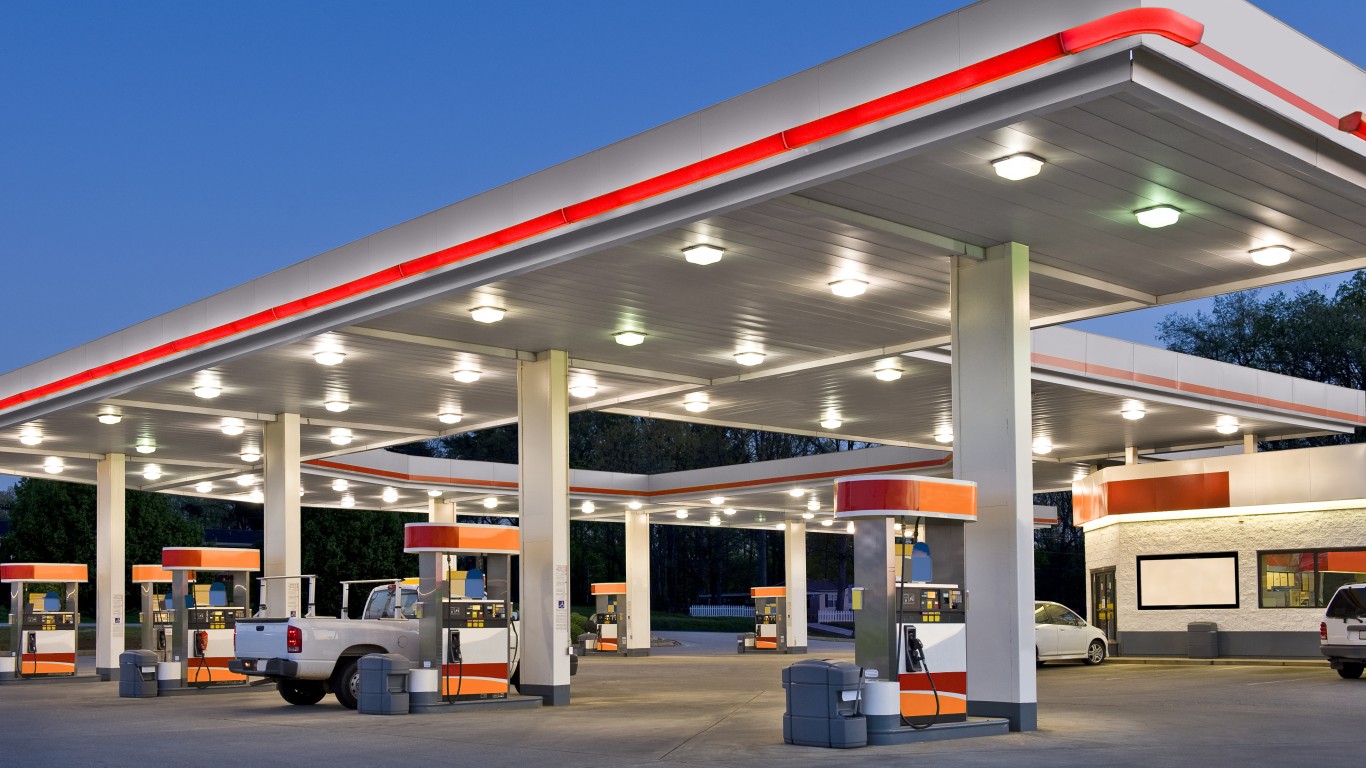
24/7 Wall St. Insights
- The Goldman Sachs recession forecast has dropped to 20%.
- But what is that forecast based on?
- Also: Dividend legends to hold forever.
The carefully followed Goldman Sachs recession forecast has dropped to 20%. It was 25% before that, and 15% two forecasts earlier. It was at 15% until poor unemployment figures raised it to 25% in July. The new 20% number is due to good retail sales, and it makes the forecasters seem fickle. The odds are based on what Goldman Sachs thinks gross domestic product will be for the 12 months after the forecast.
In another sign Goldman changes its recession odds quickly, CNBC reports, “A healthy jobs report on Sept. 6 would ‘probably’ spur Goldman to cut its recession probability back to 15%, where it had been for nearly a year before August, the bank’s economists said.”
The Goldman prediction is inflation enough that it is carefully watched by the stock market, but should it be?
A single jobs report added to weak or strong retail sales seems a poor foundation. Even with housing starts and the consumer price index added, the forecast is based on a very limited set of numbers.
Economic and recession forecasts also come from several other prominent organizations. These include The Conference Board, Federal Reserve Bank of Philadelphia, Deloitte, and Bank of America.
The Conference Board’s experts recently wrote, “Recent financial market gyrations notwithstanding, the US is likely not on the cusp of recession.” It expects economic activity to improve in 2025.
The odds of a recession depend on which source is used.
Seven Smart Moves for Investors to Do Now If a Stock Market Crash Coming.
Is Your Money Earning the Best Possible Rate? (Sponsor)
Let’s face it: If your money is just sitting in a checking account, you’re losing value every single day. With most checking accounts offering little to no interest, the cash you worked so hard to save is gradually being eroded by inflation.
However, by moving that money into a high-yield savings account, you can put your cash to work, growing steadily with little to no effort on your part. In just a few clicks, you can set up a high-yield savings account and start earning interest immediately.
There are plenty of reputable banks and online platforms that offer competitive rates, and many of them come with zero fees and no minimum balance requirements. Click here to see if you’re earning the best possible rate on your money!
Thank you for reading! Have some feedback for us?
Contact the 24/7 Wall St. editorial team.



